Monolaurin - Uses, Side Effects, and Virus Protection
Related products
What is Monolaurin?
One of the byproducts of coconut fat is monolaurin, a compound made from lauric acid and glycerine. For the past twenty years, research scientists have investigated potential uses for monolaurin in food preservation, sanitisation, and medicine.
Monolaurin is commonly utilized to address various infections such as the common cold, flu (influenza), and shingles (herpes zoster). However, it is essential to note that there currently needs to be more substantial scientific evidence to substantiate its effectiveness.
What are the Sources of Lauric acid?
The following are the principal sources of lauric acid:
- Supplementation of the diet
- Coconut oil contains the highest natural concentration of lauric acid.
- Unprocessed coconut cream
- Canned cream made from coconut
- Coconut that has been freshly shredded
- Custard made of coconut cream
- Pure coconut milk
- Human milk for breastfeeding
- Cow and goat milk, which contain trace amounts of lauric acid in their composition

Formulations and Dosages
Monolaurin is a dietary supplement suitable for daily consumption. It is usually found at a nearby health food store or vitamin shop.
The percentage of lauric acid in coconut oil and some coconut products is about 50%. Monolaurin is significantly more potent than lauric acid when eliminating viruses and bacteria. Nevertheless, the precise process of producing it within the human body remains uncertain, leaving researchers intrigued.
Although experts do not know the exact conversion rates, eating coconut oil containing lauric acid causes the human body to produce monolaurin. Due to these circumstances, it becomes difficult to determine the exact amount of coconut oil one would have to consume to obtain a therapeutic dose of monolaurin.
What are the Uses of Monolaurin?
1. Anti-viral
A study was conducted on Monolaurin with a focus on Herpes viruses, especially the ones that cause cold sores and genital herpes. There is a considerable amount of anecdotal evidence suggesting that monolaurin may be efficacious in fighting the flu.
Insufficient empirical evidence exists to substantiate such assertions. Monolaurin, obtained from human breast milk, has been shown to be efficient against cytomegalovirus (CMV), however its efficiency against Rhinovirus, the virus that causes the common cold, has not been seen.
2. Anti-bacterial
People take supplemental monolaurin to support overall wellbeing and immunological function, but there isn't much scientific evidence to support these claims. Studies have investigated the antibacterial properties of monolaurin, lauric acid, and coconut oil, primarily through in vitro experiments in test tubes and petri dishes. Despite the extensive demonstration of monolaurin's antibacterial qualities, further investigation is necessary to examine the compound's impact on live organisms.
A study was conducted to examine the effects of monolaurin on bacteria in cells and mice.
Gram-positive bacteria have a thick cell wall, which gives them a purple colour when stained with the Gram stain. Due to their cell wall structure, they are known for their ability to retain the crystal violet dye. According to scientific hypotheses, the activity of gram-positive bacteria, like Bacillus subtilis, could be inhibited. A strain of bacteria that is resistant to methicillin. Staphylococcus aureus (MRSA) and Bacillus anthracis, a bacterium known for producing toxins and being involved in bioterrorism, are notable examples.
Gram-negative bacteria are a specific group of bacteria characterised by a unique cell wall construction. They possess the capability to induce diverse illnesses and often exhibit resistance to antibiotics. These bacteria inhabit many settings, such as soil, water, and the human body. Gram-negative bacteria provide a substantial threat. Monolaurin is not effective against the majority of gram-negative bacteria, including Salmonella, because of their distinct outer cell membrane composition, which varies from that of gram-positive bacteria. In contrast to this common observation, monolaurin suppressed the development of both gram-positive and gram-negative bacteria in skin cells.
Resistance
In a study conducted on cells, monolaurin and six commonly used antibiotics, such as penicillin, oxacillin, and vancomycin, were compared to determine their effectiveness against bacteria that cause skin infections. Monolaurin has demonstrated potential, and further research involving animal studies is necessary.
However, there have been other strains of Enterococcus that are resistant to vancomycin (VRE) and have developed a partial resistance of up to 70% to monolaurin. The Enterococcus bacteria underwent a mutation that enhanced the resistance of their cell walls to the penetration of monolaurin.
Uncertainty still surrounds the effect of this on the gut bacteria in humans. Staph infections are frequently encountered and result from the presence of Staphylococcus bacteria. They range from minor skin infections to bloodstream, bone, and organ diseases. If there is a suspicion of a staph infection, it is crucial to seek medical attention, as timely treatment is essential.
When it comes to bacteria, combining monolaurin with monocaprin, lauric acid, or monomyristin has shown more effective results in combating Staphylococcus aureus.
Mice that were not given any treatment and were injected with Staphylococcus aureus succumbed to the infection within a week. Nevertheless, a remarkable 50% of mice who received daily doses of vancomycin and monolaurin survived for 30 days. In a daily regimen of origanum oil and monolaurin, more than 60% of mice were able to survive, according to a study. In a study involving mice, the groups administered vancomycin, monolaurin, or a combination of both exhibited a certain level of protection against S. aureus, resulting in a survival rate ranging from 50 to 70%.
Lyme Disease
Some individuals have recurrent Lyme disease and opt to incorporate coconut oil into their regimen, as suggested by certain alternative practitioners. There is no evidence to support this practice, as no clinical data is available.
3. Anti parasitic
A study was conducted to investigate the effects of monolaurin on the parasite Giardia lamblia. Studies conducted on animals indicate that combining metronidazole, an anti-parasitic medication, and monolaurin could be a viable treatment option for intestinal parasites like Giardia lamblia and Entamoeba histolytica.
4. Fungicidal
Researchers are now investigating the efficacy of monolaurin in neutralising or eradicating several species of fungus and yeasts. Multiple species of dermatophytes cause ringworm infections. A research was undertaken on Candida albicans, a ubiquitous microbe inhabiting the oral cavity, gastrointestinal tract, and female reproductive system. This research that was conducted on a sample of 36 women suffering from yeast vaginal infections revealed that monolaurin had efficacy in treating Candida albicans. Additional inquiry is necessary.
5. Protection of the Immune System
Monolaurin is often taken by individuals looking to boost their immune system. According to some supplement users, It has been reported to enhance immune function in individuals with chronic fatigue syndrome. However, there is a lack of clinical evidence to support this particular use. Researchers are currently studying the impact of monolaurin on the function of T-cells. Enhanced T-cell function enables the body to identify and eliminate harmful bacteria and viruses effectively. Researchers are also studying its effectiveness against viruses linked to chronic fatigue and immune dysfunction syndrome.
6. Body Weight Management
Controversial hypotheses suggest that lipid-coated viruses may inhabit adipose tissue and interfere with metabolic processes, perhaps playing a role in the development of obesity. Scientists are now studying the possibility of using monolaurin to regulate weight by specifically targeting stored viruses. Nevertheless, it is crucial to acknowledge that no definitive proof has been provided. A research conducted on a group of nine overweight men who were in good health discovered that the consumption of medium-chain fatty acids resulted in an increase in the rate at which calories were burned and fat was broken down.
This resulted in a reduction in fat storage, as the fatty acids were oxidised. However, no specific study was conducted on monolaurin.
7. Maintaining Healthy Skin
Monolaurin is currently being researched for its potential activity against skin infections, particularly acne.
A study in two dermatology clinics revealed that coconut oil's potential benefits, specifically its monolaurin content, could benefit individuals suffering from eczema caused by Staphylococcus aureus infection. However, large-scale studies still need to be included.
8. Alzheimer's disease
Studies have investigated the possible influence of monolaurin on Alzheimer's disease, which is linked to herpes infection. The presence of herpes simplex virus type 1 (HSV1) in the brain is positively associated with a higher risk of Alzheimer's disease in persons who have the type 4 allele of the apolipoprotein E gene. Coconut oil has a high amount of medium-chain fatty acids, namely lauric acid, which the body metabolises into monolaurin. The liver has the ability to synthesise ketones, which play a vital role as an alternate fuel source for the brain. These devices could be helpful for individuals with memory issues, although there is currently a lack of evidence to support this claim.
9. Improve scalp health
Monolaurin is a valuable addition to hair care routines. It improves scalp health by providing antimicrobial and anti-inflammatory benefits. Derived from coconut, Monolaurin is a natural compound that is a formidable asset in promoting scalp and hair health.
The product's properties provide a range of benefits for the scalp, helping to address common issues and create a healthier environment for hair growth.
10. Food production and manufacturing.
Additionally, monolaurin finds applications in food production and manufacturing. It is used to manufacture margarine, pasta, deodorant, and cosmetics. The user is referring to detergents and insecticides.
Food production: It is commonly used in various food products such as ice cream, margarine, spaghetti, and other processed foods. It serves multiple purposes, including as a food additive, emulsifier, and preservative.

What are the Side effects of Monolaurin?
Certain users may experience short-term side effects due to the "die-off" effect, also known as the Herxheimer reaction. The Herxheimer reaction is a fast-acting bacterial or yeast death that releases toxins and causes transient symptoms: headache, nausea, rashes on the skin, muscle soreness, and acne. According to the supplement directions, which suggest beginning with a modest dosage and gradually increasing it, anyone might be able to avoid experiencing these symptoms.
Monolaurin is generally considered safe for consumption in the typical amounts found in various food sources. People who are allergic to coconuts ought to avoid eating or applying monolaurin. The safety of medicinal amounts of monolaurin is still uncertain. Individuals with a coconut allergy must avoid using coconut oil or monolaurin derived from coconut products.
No additional known risks or complications are linked to consuming monolaurin as a supplement. However, it is essential to note that the absence of evidence does not necessarily guarantee the safety of supplements. It is also unknown whether monolaurin interacts with any drugs that are currently being taken.
For individuals who want to err on the side of caution, it is advisable to consult with a chemist or doctor before taking monolaurin. This is particularly important for those who are pregnant, breastfeeding, taking any medications or have been diagnosed with any medical conditions.
When consumed orally, Monolaurin is generally considered safe for most individuals when used in typical food quantities. However, the available information regarding the safety of monolaurin in medicinal amounts currently needs to be improved to draw definitive conclusions.
Regarding topical application to the vagina: Insufficient and untrustworthy data are available to determine if topical application of monolaurin in the vagina is safe
What is the role of Monolaurin as an Antiviral substance?
It also interferes with viral membrane protein development and prevents the virus from adhering to host cell membranes. Lauric acid makes up a large percentage of the fatty acids in VCO, although there are also significant levels of SCFAs. VCO contains up to 7% capric, caproic, and caprylic acids, which are what give it its antiviral properties.
Researchers have discovered that VCO possesses antiviral qualities against a number of viruses, including cytomegalovirus, HIV-1, respiratory syncytial virus, human parainfluenza virus type 2, Epstein-Barr virus, and hepatitis C virus. Researchers believe that two distinct fatty acid groups are responsible for these antiviral actions. Furthermore, studies on living organisms have demonstrated that regular consumption of VCO can elevate CD4+ T cell counts within a few weeks. A different trial assessed the efficiency of a monolaurin-containing vaginal gel in stopping HIV-1 transmission. The results demonstrated that the gel successfully stopped the virus's spread. A group of researchers conducted an extensive examination about the potential inhibitory effects of monolaurin on a variety of fat-coated viruses that may infect people and animals. These fat-coated viruses have the ability to persist for extended periods of time in the body's fat reserves, interfering with the metabolism's regular processes.
It is believed that monolaurin weakens or breaks down the fat coats of viruses, leading to their eventual destruction. The effects of this chemical on humans remain unknown, however.
Viral envelopes with lipid bilayer membranes may bind to monolaurin, which compromises the virus's integrity and infectivity while inhibiting its activity. It has been shown to be very effective in blocking a number of enveloped viruses, such as the influenza virus, PRRS virus, HSV, and swine epidemic diarrhoea virus.
Monolaurin demonstrated activity against several viruses with fat envelopes when tested in dishes.
- Epstein-Barr virus.
- The sarcoma virus
- Cytomegalovirus
- Herpesviridae family
- Primary human lymphotropic viruses
- Viral vesicular stomatitis
- The Visna virus
- HIV positive
- The measles virus.
- The influenza virus
- Virus types 1 and 2 of the herpes simplex
- Syncytial virus
- The pneumovirus
Advice on Taking Monolaurin
It is essential to ensure that dietary supplements are sourced from a reputable provider. Unfamiliar dietary supplement additives must be approached cautiously, as they are not subject to regulation.
An extract of pure lipids, lauricidin has a naturally bitter taste similar to that of soap. The drink's flavour will be diminished if consumed while it is still hot. Diluting it with water or juice reduces the bitter taste, like taking a prescription.
One could consider incorporating more coconut oil into their routine. Although not suitable for deep-frying, coconut oil is an excellent choice for frying at a moderate temperature. Consider incorporating coconut oil into recipes that typically use canola or other vegetable oils. When applied topically, coconut oil has a calming and moisturising effect. However, this benefit is not connected to monolaurin.
People Also Ask
What natural sources of monolaurin are available in foods?
Monolaurin is not directly found in foods or specific food groups, rather it is derived from the lauric acid that is commonly found in coconut oil and breast milk. Coconut oil is one of the richest natural sources of monolaurin as 50% of its fat content is made of lauric acid. Upon consumption, lauric acid is then converted by the physiological metabolism into monolaurin that has antiviral and antimicrobial properties. Monolaurin itself cannot be obtained from foods, but consuming coconut or coconut-based products must support the body in achieving the monolaurin and its benefits.
Is monolaurin suitable for use in children and pregnant women?
The safety of Monolaurin in children and pregnant is not well-established as limited research has not covered these groups of the populations. While monolaurin is obtained from lauric acid that is naturally present in breast milk and coconut is considered safe, supplementation with concentrated formulations of monolaurin may have unknown effects. It is essential for pregnant women and children to consult a healthcare expert before taking monolaurin to ensure its appropriate use and safety while meeting an individual’s health needs.
Conclusion
One of the byproducts of coconut fat is monolaurin, a compound made from lauric acid and glycerine. Monolaurin is commonly utilized to address various infections such as the common cold, flu (influenza), and shingles (herpes zoster). Monolaurin is a dietary supplement suitable for daily consumption. It is usually found at a nearby health food store or vitamin shop. The percentage of lauric acid in coconut oil and some coconut products is about 50%. Monolaurin is significantly more potent than lauric acid when eliminating viruses and bacteria.
Monolaurin has anti-viral and ani-bacterial properties such that a considerable amount of anecdotal evidence suggests that monolaurin may be efficacious in fighting the flu. Similarly, Monolaurin obtained from human breast milk, has been shown to be efficient against cytomegalovirus (CMV). When it comes to bacteria, combining monolaurin with monocaprin, lauric acid, or monomyristin has shown more effective results in combating Staphylococcus aureus. Monolaurin is often taken by individuals looking to boost their immune system as it enhances the function of T-cells that enables the body to identify and eliminate harmful bacteria and viruses effectively. Monolaurin is a valuable addition to hair care routines. It improves scalp health by providing antimicrobial and anti-inflammatory benefits.
Viral envelopes with lipid bilayer membranes may bind to monolaurin, which compromises the virus's integrity and infectivity while inhibiting its activity. It has been shown to be very effective in blocking a number of enveloped viruses, such as the influenza virus, PRRS virus, HSV, and swine epidemic diarrhoea virus.
Certain users of monolaurin may experience short-term side effects due to the Herxheimer reaction. The Herxheimer reaction is a fast-acting bacterial or yeast death that releases toxins and causes transient symptoms: headache, nausea, rashes on the skin, muscle soreness, and acne. People who are allergic to coconuts ought to avoid eating or applying monolaurin.







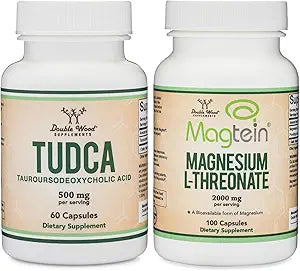
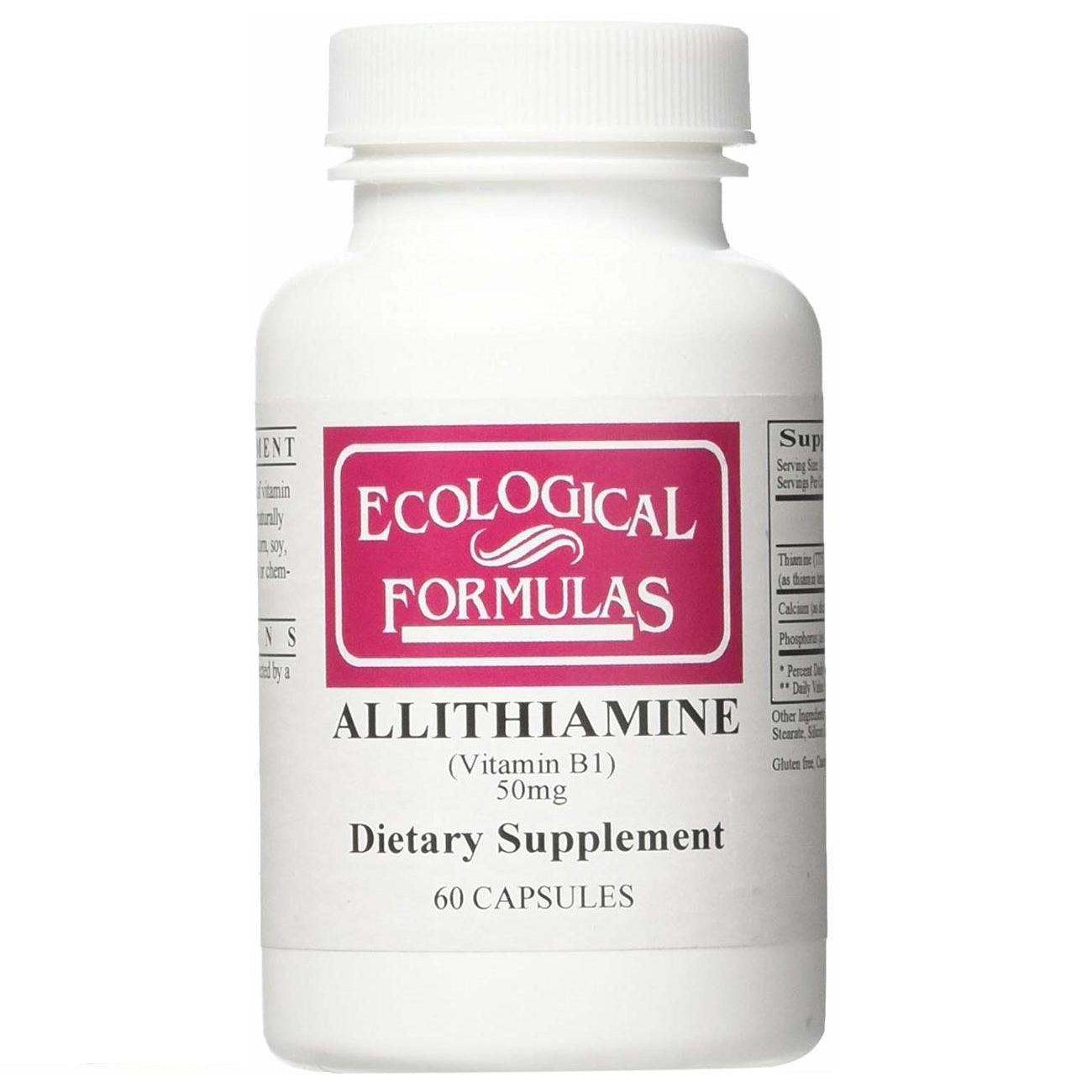



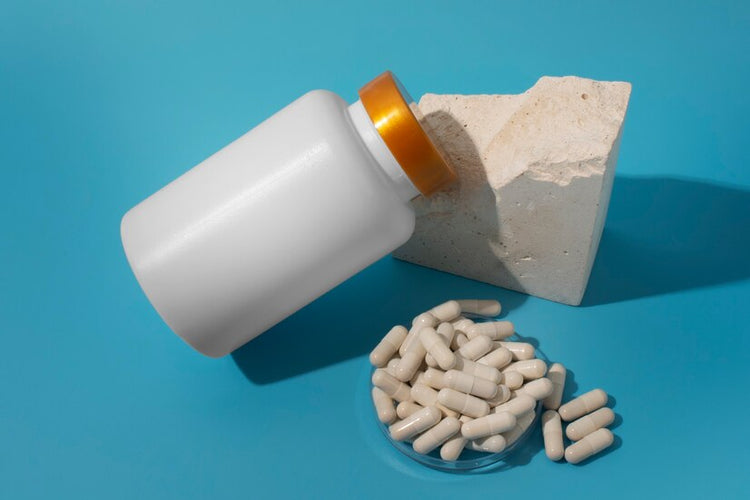


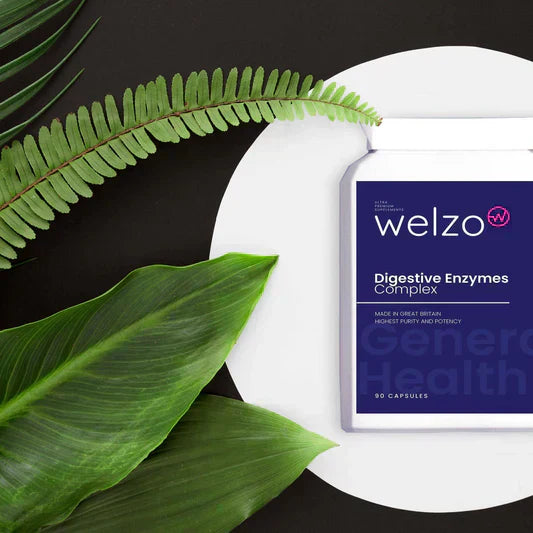
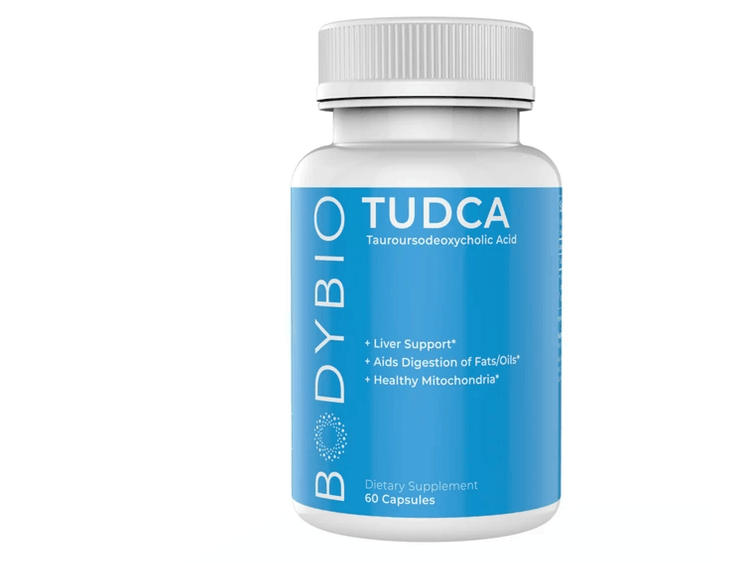
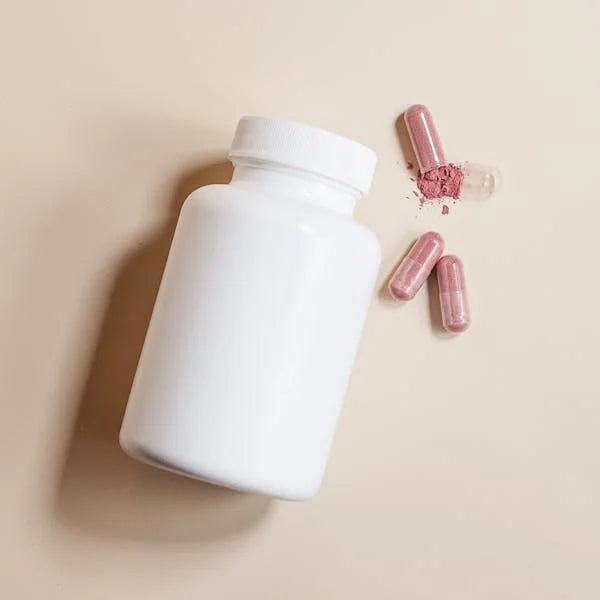
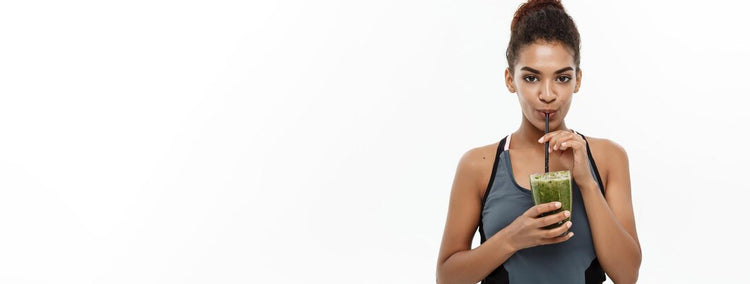
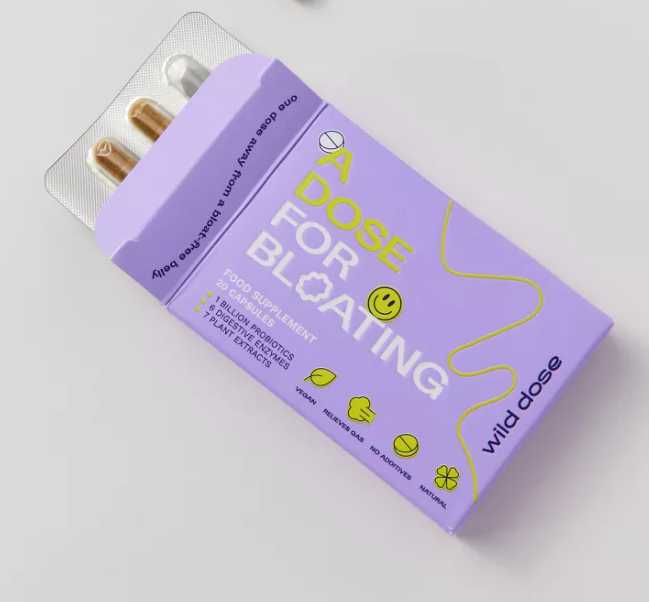

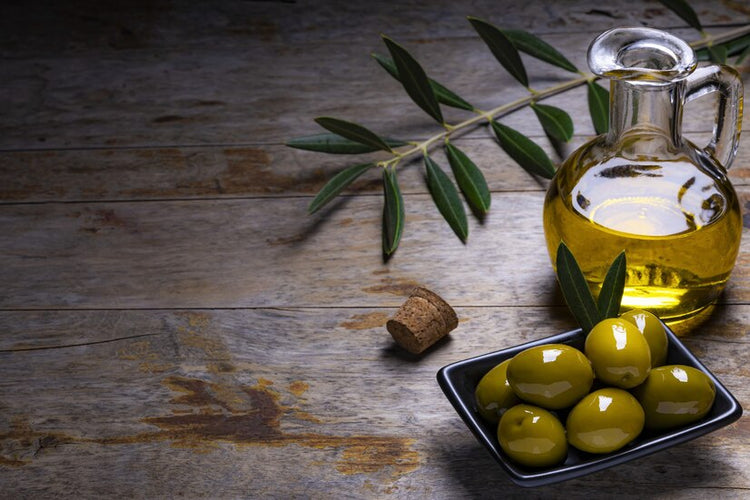
 Rated Excellent by 26,523+ Reviews
Rated Excellent by 26,523+ Reviews